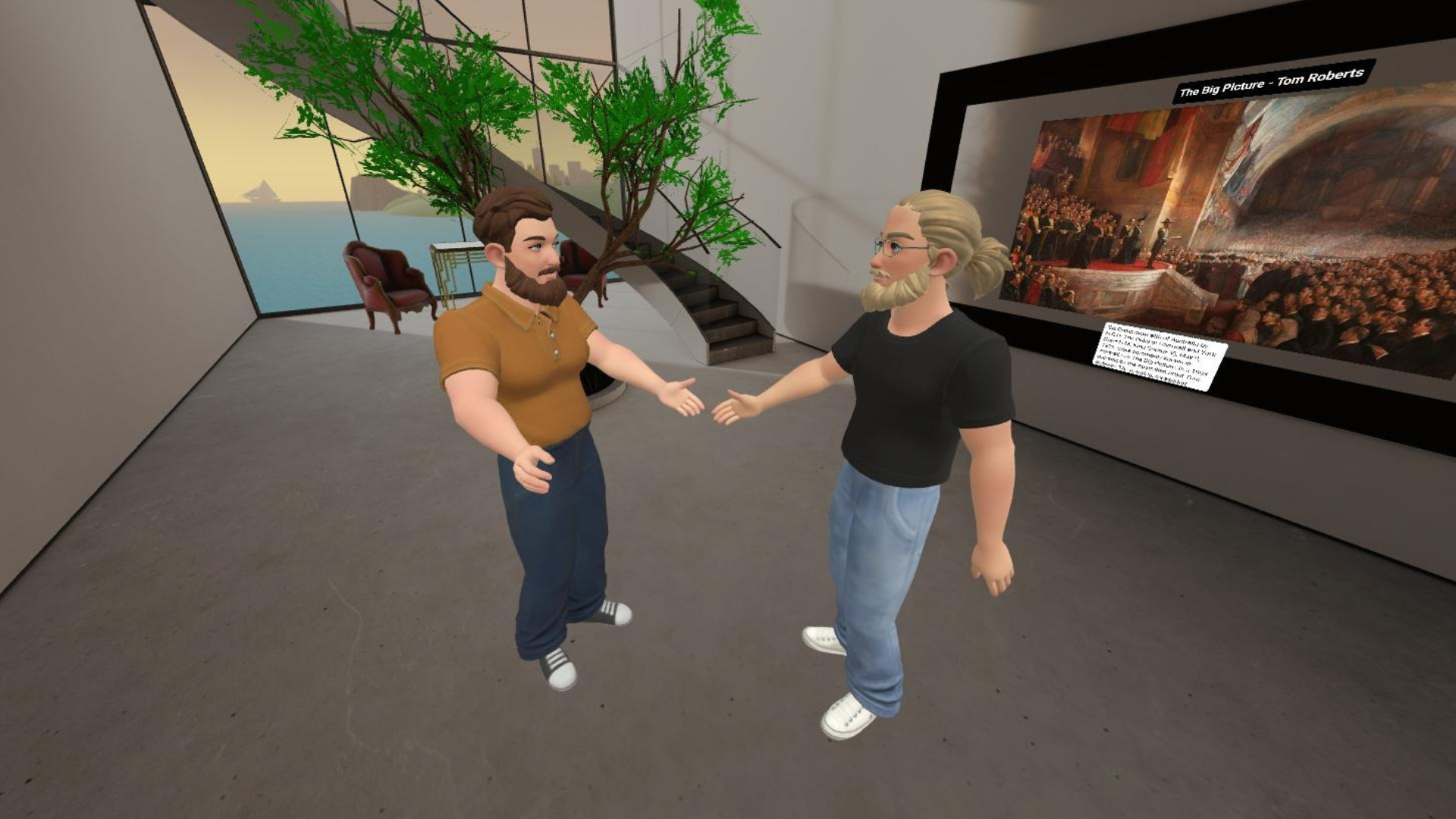· 3 min read
Smarter Worlds - How AI Is Changing the Way We Build VR Experiences

VR has always been about presence. But presence doesn’t mean much if the world around you doesn’t respond, adapt, or feel alive. That’s where AI comes in, and for me, it’s one of the most exciting frontiers in immersive design right now.
Over the last year or so, I’ve been experimenting with ways to bring intelligent systems into VR. Not big-budget neural networks or complicated backend stacks, just lightweight, smart interactions that make a scene feel like it’s a living breathing space.
Why Add AI to VR?
Interactivity is a big part of what makes VR powerful. But traditional scripted behaviours only go so far. With AI, even a simple NPC can:
- Notice when you look at them
- Respond based on your past actions
- Change dialogue or animations in a more dynamic way
- Create the illusion of a living, breathing world
You don’t need full-blown machine learning for this. Sometimes it’s about using pattern recognition, lightweight decision trees, or procedural logic in smarter ways.
What I’m Exploring Right Now
Here’s a peek into a few things I’ve been testing:
🧠 AI-Driven Characters
Think shopkeepers that recognise returning players, or guards that change patrols based on what you’ve done in the game. You can layer simple decision-making on top of state machines to get surprisingly lifelike results.
🌱 Responsive Worlds
In Forge of Elements, I’ve been thinking about how the environment could shift depending on your combinations. Add rain and it grows. Add fire and it burns. AI can help track what’s been done and suggest new things, nudging the player forward without a tutorial.
🎙️ AI-Powered Voice Interactions
This one’s early days, but with tools like Inworld AI or Unity’s Sentis (for local inference), you can start prototyping conversational characters that go beyond pre-written lines. Great for puzzle games, worldbuilding, or just creating weird and wonderful moments.
Tools That Make It Easier
I’ve looked at a few different options depending on the platform:
- Unity ML-Agents – Great for training behaviour, but overkill for small-scale VR scenes.
- Inworld AI / Charisma.ai – Cloud-based solutions for natural character dialogue.
- Custom Logic + Scriptable Objects – My current go-to for “just smart enough” behaviours that feel dynamic without overcomplicating things.
The trick is to balance reactivity with performance, especially on standalone devices like Quest.
Why It’s Worth Doing
If you’re building for VR, you already know the goal is to make people feel like they’re somewhere else. Smart interactions help sell that illusion. They let your players:
- Be surprised
- Feel seen
- Think creatively
And from a design point of view? They make your world way more fun to test and build.
What’s Next?
I’m planning to prototype a few AI-powered ideas next, things that shift based on player input, or evolve as you go. Maybe even a character that remembers what you’ve told them in different sessions.
Whether you’re an indie dev or just tinkering with ideas, now’s a great time to explore how AI can enhance your own immersive experiences. It doesn’t have to be big or complicated, it just has to feel alive.



